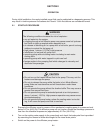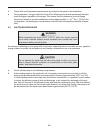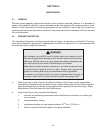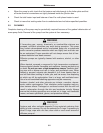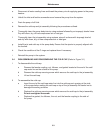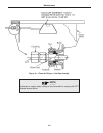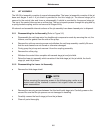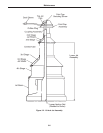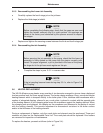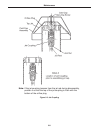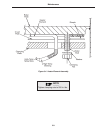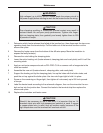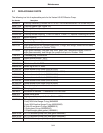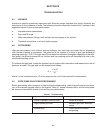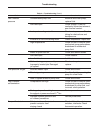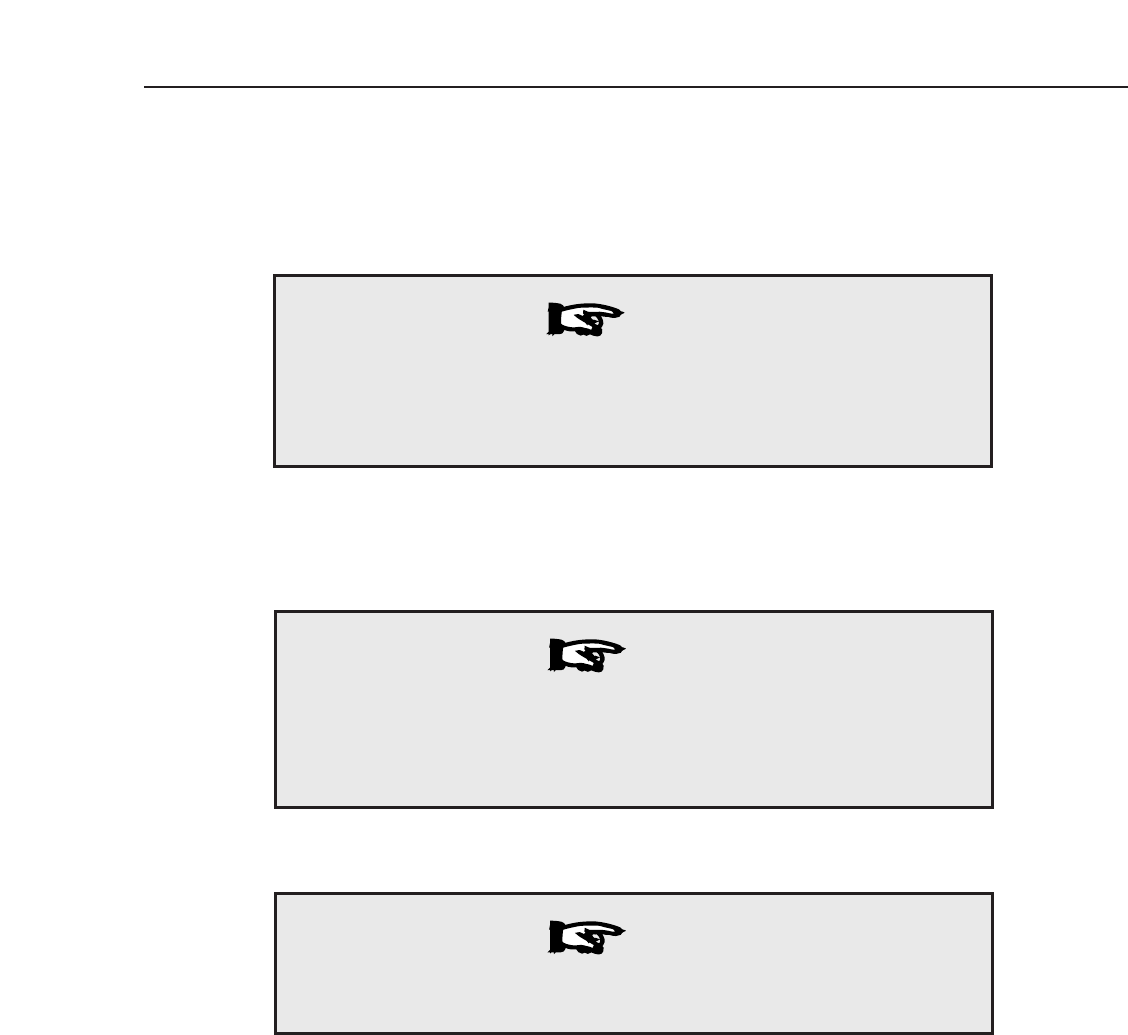
Maintenance
3-7
3-5-3 Reassembling the Lower Jet Assembly
a Carefully replace the fourth stage jet on the jet base.
b Replace the third stage jet shield.
c Replace and tighten the securing screws between the third and fourth stage jets.
3-5-4 Reassembling the Jet Assembly
NOTE
________
Before completing the following step, check that the gaps are even and
tighten the screws uniformly and in a cyclic pattern. Jet spacings are
preset at the factory and controlled by the spacers secured to respec-
tive stages.
NOTE
________
Before securing the jet assembly to the pump, check that the lower jet
assembly is firmly seated on the pump with the ejector correctly posi-
tioned. For proper alignment, a pin is provided in the base of the pump;
the large slot in the jet base must register on this pin.
NOTE
________
If the jet coupling became loose during step 3-5-1c, refer to Figure 3-3,
Jet Coupling.
a Complete the steps in para. 3-5-1 in reverse order.
3-6 HEATER REPLACEMENT
The HS-20 diffusion pump heater array consists of six elements arranged to give as close a balanced
load as practical over the three supply phases. The heater design employs a long, convoluted tubular
heating element which is clamped directly to the boiler plate. A thin, stainless steel membrane with a
number of elongated dimples, referred to as a crush plate, is placed in contact with the opposite side
of the heating element. A stiff clamping plate forces the membrane against the heating element. When
the clamping nuts are tightened, the dimples on the membrane are deformed at the points of contact
with the heating element. This permits adjustment to dimensional variations in the boiler surface
and/or in the thickness of the heating element.
During a replacement of heaters, only the crush plate and element must be purchased. These part
numbers are listed on the Replaceable Parts List. The crush plate should be replaced if the heaters
are removed for inspection or maintenance.
To replace the heaters, proceed as follows (refer to Figure 3-4).



